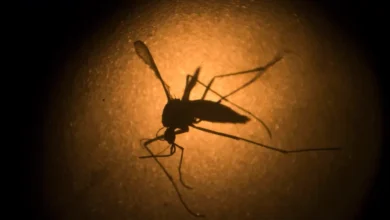What happens to leftover food in airplanes?

If you’re someone who enjoys flying on an airplane, receiving a meal might be one of the most exciting parts, but have you ever wondered what happens to the leftover food that you do not finish?
The United Nations estimates that a third of the food produced worldwide is wasted each year. Airlines represent a significant source of this food waste, with millions of pounds of uneaten food being tossed away every day.
Where does all this leftover food go?
When planes land, catering services working with the airline receive the leftover food. The reality is that what happens from here depends on the group that is handling the food.
Some segregate the food based on whether it is meat or not. Any uneaten food that contains meat products is considered inedible and is sent for incineration. The inedible food is usually first ground up and then incinerated at very high temperatures that reach over 1000℃ – high enough to break down any potential bacteria and neutralize the harmful pathogens.

Shutterstock
Non-meat leftovers, including vegetables, bread, fruit, and cheese, go through an assessment process and can then be repackaged for charitable organizations.
Once the leftover food passes the needed inspections, the catering services organize the repackaging and distribution to the needy.
Of course, the majority of opened food on the other hand will end up in a landfill. Opened packets and half-eaten meals cannot be reused or donated.
Some airlines have started managing their excess food wastage through various initiatives, including recycling leftover coffee grounds or employing composting methods to make fertilizers from non-edible leftovers.
These initiatives are in line with airlines’ efforts to reduce their carbon footprint and make their operations more sustainable.

Shutterstock
Apart from the eco-friendliness of recycling food waste, repackaging and distributing leftover food to the needy is also philanthropic. A study has shown that about 30% of the food wasted each year is enough to feed the world’s entire hungry population.
Charities worldwide depend on receiving donations from businesses such as airlines and catering services.










